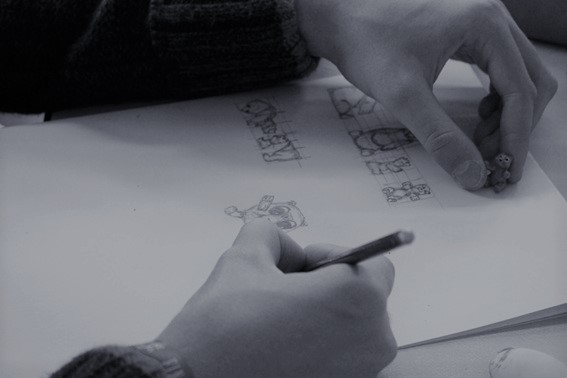Individual promotion of visual skills in art classes
Main Article Content
Abstract
This essay discusses the issue of individualization of teaching, through individual support in art classes. The text presents three examples of how art activities can rely on this type of individual support. In the examples, it is discussed how individual support is not a training of fine motor skills, but, rather, an enterprise that can not only awaken and promote long-term aesthetic interest, but discover and develop talents.
Image by Stefan Keller from Pixabay.
Downloads
Article Details

This work is licensed under a Creative Commons Attribution 4.0 International License.
References
Brodbeck, Karl-Heinz. Neue Trends in der Kreativitätsforschung. In: Psychologie in Österreich, 4 & 5, 2006, S. 246–253.
Hecht, Martin: Das Drama um das hochbegabte Kind. In: Mehlhorn, Gerlinde/Schöppe, Karola/Schulz, Frank (Hg.): Begabungen entwickeln und Kreativität fördern. München (kopaed) 2015, S. 21-34.
Kerschensteiner, Georg: Die Entwicklung der zeichnerischen Begabung. München (Gerber) 1905.
Kirchner, Constanze: Ästhetische Bildung im Fach Kunst der Primarstufe. 2008. In: http://docplayer.org/33457447-Aesthetische-bildung-im-fach-kunst-der-primarstufe.html
LeHet - Lehrerprofessionalität im Umgang mit Heterogenität, Universität Augsburg. 2017. In: https://www.uni-augsburg.de/projekte/lehet/
Lotz, Miriam/Lipowsky, Frank: Ist Individualisierung der Königsweg zum erfolgreichen Lernen? In: Mehlhorn, Gerlinde/Schöppe, Karola/Schulz, Frank (Hg.): Begabungen entwickeln und Kreativität fördern. München (kopaed) 2015, S. 155-219
Lotz, Miriam/Lipowsky, Frank: Die Hattie-Studie und ihre Bedeutung für den Unterricht. In: Mehlhorn, Gerlinde/Schöppe, Karola/Schulz, Frank (Hg.): Begabungen entwickeln und Kreativität fördern. München (kopaed) 2015, S. 97-136.
Luther, Michael: Das große Handbuch der Kreativitätsmethoden. Bonn (managerSeminare Verlags GmbH) 2013.
Miller, Monika: Zeichnerische Begabung. Indikatoren im Kindes- und Jugendalter. München (kopaed) 2013.
Proetel, Tim: Referat Kunst/Theater und Film. Staatsinstitut für Schulqualität und Bildungsforschung, zum LPP. E-Mail an den Autor vom 15.04.2016 (unveröffentlicht).
Penzel, Joachim: Aufgaben stellen. In: http://www.integrale-kunstpaedagogik.de/assets/ikp_um_aufgaben_stellen-i_penzel_2016.pdf
Peters, Maria: Im experimentellen Zeichnen gehen die Namen der Dinge fremd. In: Kunst+Unterricht, 223/224, 1998, S. 15ff.
Roth, Gerhard: Begabung und Hochbegabung. In: Mehlhorn, Gerlinde/Schöppe, Karola/Schulz, Frank (Hg.): Begabungen entwickeln und Kreativität fördern. München (kopaed) 2015. S. 55–78.
Lehrplan+. In: http://www.lehrplanplus.bayern.de/fachprofil/gymnasium/kunst
Rabe, Thies: Sprecher der SPD Kultusminister, auf der Kultusministerkonferenz am 28.11.2016. In: https://www.kmk.org/fileadmin/Dateien/pdf/PresseUndAktuelles/2016/2016-11-28_Gem.Initiative_Leistungsstarke-Beschluss.pdf
Schulz, Frank: Das Problem der bildnerischen
Begabung als Aspekt der Kreativitätsentwicklung. In: Mehlhorn, Gerlinde/Schöppe, Karola/Schulz, Frank (Hg.): Begabung entwickeln und Kreativität fördern. München (kopaed) 2015, S. 405–466.
Wygotski, Lew Semjonowitsch: Das Problem der Altersstufen und die Dynamik der Entwicklung. In: Ausgewählte Schriften. Band 2. Moskau 1956, Köln 1987, S. 78–90.
Ziegler, Esther: Talent und Begabung in der Kognitionspsychologie. In: Stamm, Margrit (Hg.): Handbuch Entwicklungspsychologie des Talents. Bern (Huber) 2014, S. 97-106

